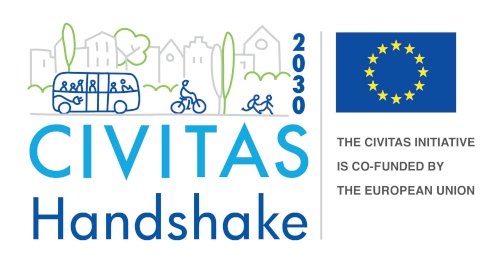Modelling and Assessment
Safety and Experience
People's own personal experiences of using streets do not always match up with the designer's or engineer's intentions or expectations. Feelings of safety are an important determining factor in influencing people to cycle - if not the most important. Data on physical incidents does not always reveal the everyday discomfort or anxiety that many users may feel. With new technologies and techniques, it is now possible to record how people feel on bikes in different situations and at different points in the cycling or road network.
Getting the feeling right
Cities will examine methods for tracking cyclists' feelings of safety in order to build the evidence base for improvements in the cycling network to be made. Cities will particularly focus on intersections, where some feelings of lack of safety are most acute in less advanced cities. Such methods may be online or in realtime. Handshake will also set up ways of communicating with users about this process and reflecting the results back to them, including evaluating how successful behaviour change campaigns have been in reducing stress whilst cycling.
Cities using this solution
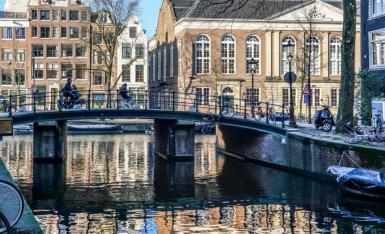
Leader: Amsterdam
Amsterdam wants to reduce cycling journey times. It’s getting more crowded by increasing demand for cycling infrastructure. With reconstructions Amsterdam gives more space to cyclists and less to cars. New cycling routes where cars and cyclists are mixed (like Sarphatistraat) will be evaluated on speed and safety levels to be upscaled within the city. Lessons should also be relevant to be transferred to other cities within Handshake.

Leader: Copenhagen
Every year the City of Copenhagen ask cyclists how they feel about the quality of the bicycle infrastructure and their perception of safety, liveability and accessibility. The results are published in the yearly Bicycle report. Some of the questions are linked to specific political goals – e.g. in 2025 the goal is that 80 % of all cyclists are satisfied with the quality of the bicycle tracks. In 2018 73 % said they were satisfied with the quality of the bicycle tracks.
Perceived safety is just as important as actual safety – especially when you want people to cycle more. That is why the city of Copenhagen not only look to the statistics of casualties but also ask the cyclist whether they feel safe in traffic. The combination of statistics and questionnaires gives a unique approach to the practical development of a safe cycling city.

Leader: Munich
Web-based reporting tool to locate danger areas (objective and subjective, emotionally) and damages to cycling facilities. Cyclists in Munich shall actively support to make their daily cycling routes safer by making their needs and emotional impressions visible. In this way, politics and administration gain a better insight in daily traffic situations and are able to use this knowledge to improve continuously the conditions for cyclists.
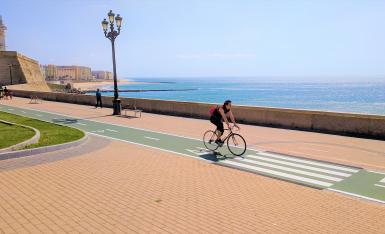
Follower: Cadiz
One of the city’s objectives is to promote participation and mechanisms of communication among the involved agents. The aim is to create a mobility website to be used for citizens’ assessment, publication of data and results of studies and mobility projects carried out in the city, surveys, etc.
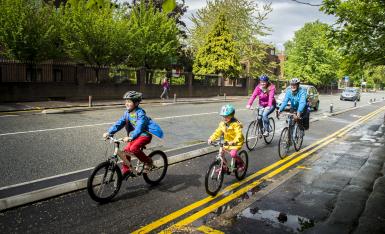
Follower: Greater Manchester
Manchester is interested in providing real-time feedback on cycle conditions to assess the feeling of road safety. This is why they are interested in knowledge share with Munich to improve traffic safety learning how the city addressed this issue.
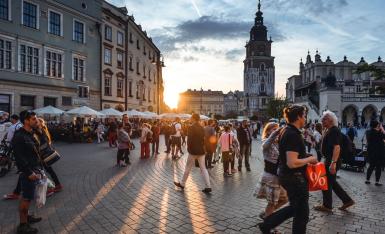
Follower: Krakow
Systematic assessment of perceived feeling of safety as well as actual traffic safety (e.g. in intersection design). Presently the city does not focus systematically on this theme, though it corresponds to the overall issues of safety as mentioned in other solutions.
